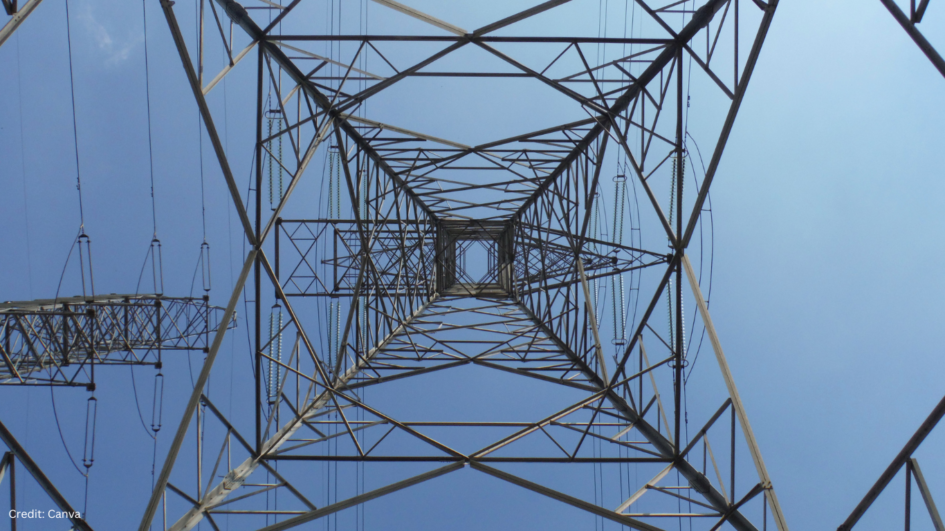According to the 3rd Biennial Update Report (BUR) Indonesia submitted to the UNFCCC in 2019, the energy sector in Indonesia contributes to 34.49% of the total emission level of Indonesia, 1.845 GtCO2eq, making the industry the second highest GHG emission contributor to the country. IEA noted that burning fossil fuels such as coal, oil, and natural gas for power generation or to fuel vehicles and machines is the cause of this sector’s significance. Early this year, I attended an Energy & Society course that shared striking reading materials about Carbon Democracy by Timothy Mitchell (2009). This article outlined that Carbon Democracy works as a fragile construction; the form of democracy that emerged in the West was built on global carbon exploitation, benefiting from cheap energy extracted from the Global South. Political stability in oil-rich regions was often maintained by authoritarian regimes supported by Western interests. Thus, often the case of democracy at home was predicated on anti-democracy abroad.
On the citizens’ level, we have developed ways of living that require a substantial amount of energy from oil and other fossil fuels. Whilst scientists have proven that these ways of life are not sustainable and reserves are running out, the process of using them up causes increases in global temperatures that may lead to catastrophic climate change. When talking about human behaviour around energy consumption, Sahakian, M., Wilhite, H. (2014) argued that there are three aspects to generate practice change, they are: routine and habits in social practices, distributed agency in social practices, and social learning as a form of initiation into new communities of practice. Therefore, if we want to create a sustainable policy/campaign/etc. in a more environmental way, other than creating the solution, understanding the target’s routine & habits is crucial to make this new practice acceptable, distribution agencies are also equally important to fully support this new environment, and social learning approach requires an acknowledgement to view learning not as an individual experience but as participatory and social.


Figure 1. Domestic energy diary over observed: average duration of usage (hrs), average energy usage (kWh). (source: Author, 2025)
The course also required students to monitor and create an energy diary for a week which ended me up with this insightful analysis. According to the daily usage average, the top two most active places in the house are the Living & Dining Room (64.38 hours) and Others (60.86 hours) — which is the extension of the Living Room, given there are some on hold (standby) throughout the day utilities and where the family members hangout together. However, if we compare it with the daily energy usage in average Other and Main Bedroom & Bathroom #1 accounted for the average of almost 70% of the average overall energy usage of the entire household. It makes sense when we zoom in closer from the highest power wattage utilities in those areas:
- AC in the main bedroom (1290 watts) –running with average 10hrs daily
- Electric bike changing (5000 watts) — used 4x in a week, up to 4hrs/charging
- Swimming pool pump (750 watts) — running with average 6hrs/daily
- Water pump & heater for main bathroom (750 watts) — used with average of 1hr daily
- Washing machine (575 watts) — 3x a week
- Vacuum cleaner (800 watts) — used 1x a week with average usage of 1hr
- Hair dryer (1100 watts) — used 2x a week for less than 5 minutes per usage
In conclusion, the frequency of use is not necessarily parallel to the use of the amount of electricity that can be affected by time of the day, seasonality, and use of efficient technology. Some difficulties found when doing this activity include labelling, basic understanding of energy, understanding the electrical system in rented houses (built-in) as a whole, and consistency and accuracy of recording.
For me, who lives in a country that still predominantly uses electricity from fossil fuels and gas, saving electricity use and choosing alternatives or more efficient technology is the most possible way to do it at the time being.



Leave a Reply